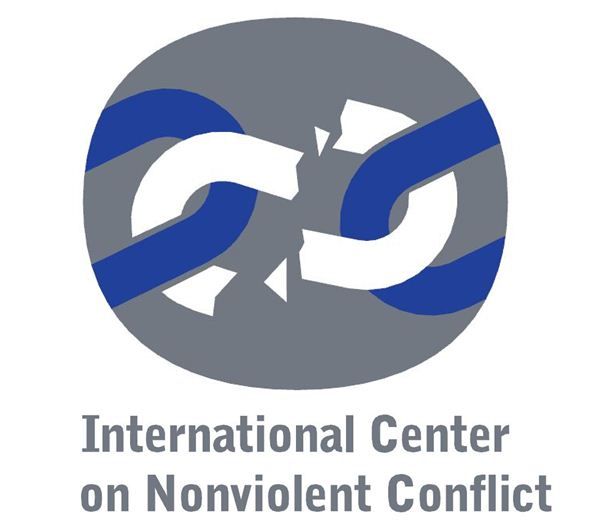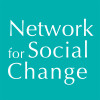Nonviolent action is a topic of growing political importance and – especially in the form of unarmed resistance to undemocratic regimes – the focus of an increasing literature, as noted in the Introduction to this bibliography. But it is only one aspect of a broad theoretical and moral commitment to nonviolence, which embraces (as in Gandhi’s thought) an aspiration to a new just economic, social and political order, and emphasises conflict resolution at all levels and an ideal of personal living. This broad interpretation of nonviolence is not covered in the bibliography (except where directly relevant to individuals and movements engaged in nonviolent resistance). However, recent (very readable) works that do discuss nonviolence in a broad context are:
(looking in particular at developing skilled nongovernmental leadership in nonviolent approaches to promoting justice and ending destructive conflict)
(written from the perspective of an activist academic)
A number of classics in the literature of peace and nonviolence also have some relevance to the theory of nonviolent action. These include:
a short essay arguing the need for alternatives to military methods and emotions associated with war, later reproduced as a pamphlet and in anthologies
which includes some discussion in chapter 10 of nonviolent resistance

 The online version of Vol. 1 of the bibliography was made possible due to the generous support of the
The online version of Vol. 1 of the bibliography was made possible due to the generous support of the  The online version of Vol. 2 of the bibliography was made possible due to the generous support of
The online version of Vol. 2 of the bibliography was made possible due to the generous support of